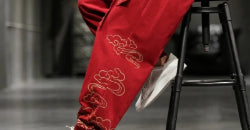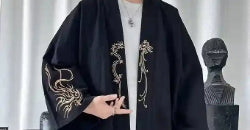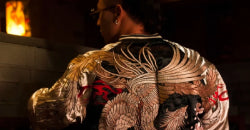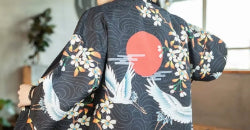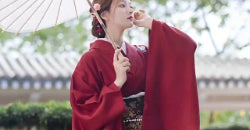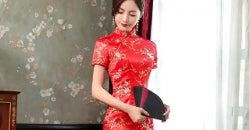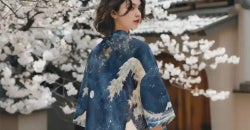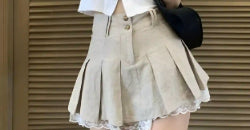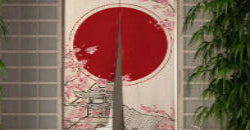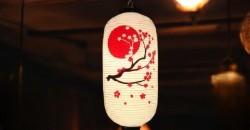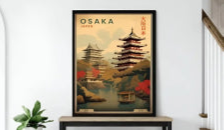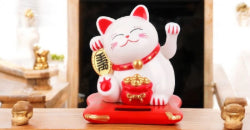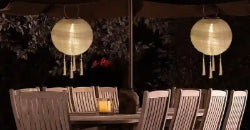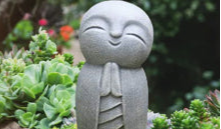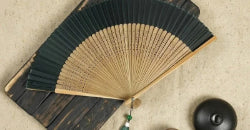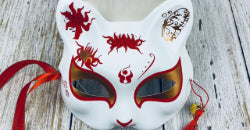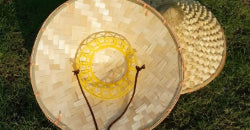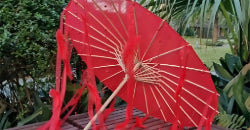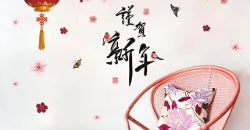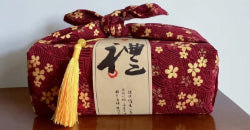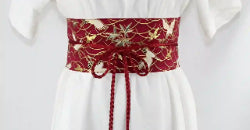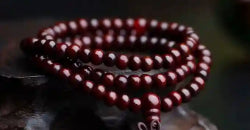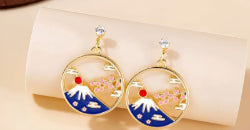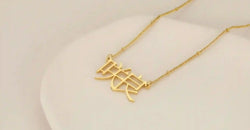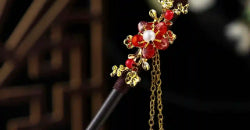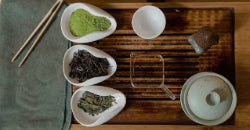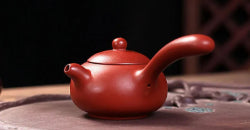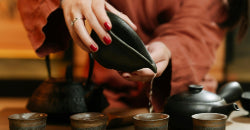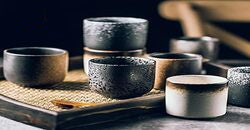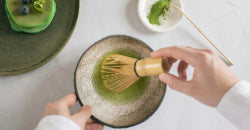What is a Geisha? Exploring a World of Tradition
Source: Freepik
Beneath the delicate features of immaculate makeup and a carefully tailored kimono lies an emblematic figure of Japanese culture: the geisha. Bearers of a centuries-old artistic heritage, they embody a rare refinement, blending the art of conversation, dance, music, and codified traditions. But who really are these women who, for centuries, have preserved the art and culture of Japan through their profession? In this review, discover the meaning of geisha.
The Etymology of the term "Geisha"
The word " geisha " is composed of two words: "gei" (芸), meaning "art" or "performance," and "sha" (者), meaning "person." Thus, "geisha" is translated as " person of art. " " This definition emphasizes their primary role as artists dedicated to mastering various traditional Japanese arts, from dance to music, poetry, and the tea ceremony. If you are interested in learning more about Japanese culture, check out our dedicated blogs .
The Historical Roots of Geishas
Source: Freepik
Geisha originated in the Heian period (794–1185), when female entertainers were hired to entertain the nobility . However, the form of geisha we know today truly developed during the Edo period (1603–1868). This was a time of prosperity when urban culture flourished, fostering the creation of various arts .
Geisha were originally men, known as "taikomochi." Their role was to entertain guests through storytelling, song, and dance. It wasn't until the 18th century that women took over the profession, bringing an elegance and finesse that defines the image of geisha today.
What is the role of the geisha?
An emblematic figure of Japanese culture, the geisha, or geiko in some regions, embodies elegance and tradition. Her refined appearance, featuring carefully applied makeup, a silk kimono , and a codified hairstyle, is part of a specific aesthetic heritage. A true representative of Japanese etiquette, she welcomes her guests with grace and discretion, creating an atmosphere imbued with respect and beauty during artistic and social gatherings.
Trained for many years, geisha excel in a variety of disciplines. They dance, sing, play the shamisen and taiko, and master the art of the tea ceremony. Their versatility extends to poetry, calligraphy, and traditional games. Their fluency in verbal communication demonstrates a general culture essential to their status. For centuries, they were also seen as a model of elegance, influencing Japanese fashion with their meticulous appearance and attention to detail.
The Evolution of the Geisha Profession in the Modern World
The number of geisha has declined significantly since the Edo period, dropping from tens of thousands to only a few hundred today. Nevertheless, their profession continues to exist, mainly in traditional Kyoto neighborhoods like Gion and Pontocho . Today, geisha are often called upon for cultural events, private receptions, and even media appearances, which has helped keep this unique tradition alive.
Additionally, international interest in geisha, fueled by books, films, and documentaries, has helped revive interest in this profession. Young women continue to choose this path, fascinated by the beauty and elegance of this ancient art.
Geisha training

Source: Freepik
Before becoming a geisha, a long initiation process awaits young aspiring geisha. This demanding training generally begins at the age of 15 , after compulsory schooling. The dream of joining an okiya, a traditional geisha house, then becomes a reality for some. For approximately five years, apprentices, called maiko , are immersed in a world governed by precise codes and rigorous discipline, reflecting a deeply rooted Japanese tradition.
Maiko learn various traditional arts and skills, including :
-
classical Japanese dance;
-
music and singing;
-
the tea ceremony;
-
Japanese poetry and literature;
-
the art of makeup, wearing a kimono and elegant gestures; and
-
the art of refined conversation and good manners.
Accompanying their elder, the geiko , in her performances, they gradually discover the subtleties of this profession reserved for an elite. From this training emerges a unique figure, at once an accomplished artist, guardian of traditions and discreet figure of Japanese culture.
The dress code of geishas
A geisha's appearance is a subtle blend of refinement and symbolism, with every element of clothing and hair playing a vital role. Geisha dress is not only a matter of beauty, but also an indicator of their status, experience, and place in traditional Japanese society.
Makeup, a distinctive sign
Geisha makeup is a central element of their appearance. A dazzling white face made from rice powder contrasts with bright touches of red on the lips and eyelids. This makeup, similar to that of Noh theater masks, gives the geisha a theatrical and timeless look . Every detail, every touch of color, is an artistic gesture that reflects the role and dignity of the geisha, while creating a powerful and memorable image.
Hairdressing, between symbolism and tradition
Geisha hairstyles are just as important as their makeup, serving as both a mark of beauty and status . Although often done with wigs to preserve natural hair, the hairstyles are extremely elaborate. Young maiko adopt colorful styles, adorned with combs and flowers , symbolizing their youth and apprenticeship. In contrast, more experienced geisha wear more understated hairstyles, signifying their maturity and expertise in the art of geisha.
The outfit, a reflection of experience
The geisha kimono is not just a piece of clothing; it's a work of art, a reflection of their rank and experience. Maiko, still in training, wear colorful kimonos with wide, eye-catching sashes (obi). Older geisha, on the other hand, opt for more understated outfits with more sober patterns. Each element of their attire, including the wooden sandals (geta) and the color of the straps, indicates an aspect of their status, helping to maintain balance and hierarchy within the community.
Where can I find geishas and what are their prices?
Source: Freepik
Geisha and maiko are mainly found in Kyoto, in the traditional districts called hanamachi , such as Gion, Pontochō, Kamishichiken and Miyagawachō. These places are centers where the art of geisha lives on, and where it is possible to see them as they pass between teahouses, restaurants or hotels. It is also possible to spot them while walking around Gion, especially in the evening, when the geisha are going to their appointments.
The cost of geisha services can be quite high. To attend a performance, prices range from 2,000 to 8,000 yen , while a private performance can cost up to three times as much. These performances, often booked through privileged contacts, offer a unique and memorable experience, rich in art and tradition. Public or tourist performances offer a less expensive alternative to discover this fascinating world, also accessible in other cities like Tokyo, in Asakusa, Shimbashi or Kagurazaka.
Are geishas prostitutes?
There is usually confusion between the profession of geisha and that of prostitute, especially in the minds of Westerners. However, since the 18th century, this idea has been erroneous and has no basis in the profession of geisha . While some geisha once frequented the same pleasure districts, the kagai , where they met alongside courtesans, this did not mean that they practiced prostitution. Although sexual favors were occasionally offered in the Edo period, they were largely excluded from the profession.
Misperceptions have been exacerbated by literature and film, particularly works such as Memoirs of a Geisha . In today's society, prostitution is no longer associated with the profession of geisha. Geisha are now considered respected artists , specializing in traditional Japanese arts, and are not involved in sexual activities.
Conclusion
Geisha are much more than cultural symbols or fictional characters. They are the living guardians of centuries-old traditions that continue to enrich Japanese culture. Through their art, they perpetuate practices that date back centuries, while adapting to the realities of the modern world.





